- Skip to primary navigation
- Skip to main content
- Skip to primary sidebar

- FREE Experiments
- Kitchen Science
- Climate Change
- Egg Experiments
- Fairy Tale Science
- Edible Science
- Human Health
- Inspirational Women
- Forces and Motion
- Science Fair Projects
- STEM Challenges
- Science Sparks Books
- Contact Science Sparks
- Science Resources for Home and School

Ideas for learning about materials and their properties
August 26, 2021 By Emma Vanstone 1 Comment
We’ve got quite a collection of activity ideas for learning about materials and their properties so I’ve brought them all together in one very long post. If you have any more ideas, I’d love to hear them, so do leave a comment below. You could also share photos to the Science Sparks facebook page . Don’t forget we’ve got 100s more great science investigations for kids you can try too!
These activities are perfect for Key Stage 1 Science in the UK , but also fun for children of any age anywhere in the world.
Materials and their Properties Experiments
Grouping materials.
Try placing different household objects into an opaque bag and asking children to guess what the object is using their sense of touch, which features of the object lead them to their guess?
Make different types of musical instruments, maracas, drums and maybe a guitar and ask the children to match the sound to the instrument.
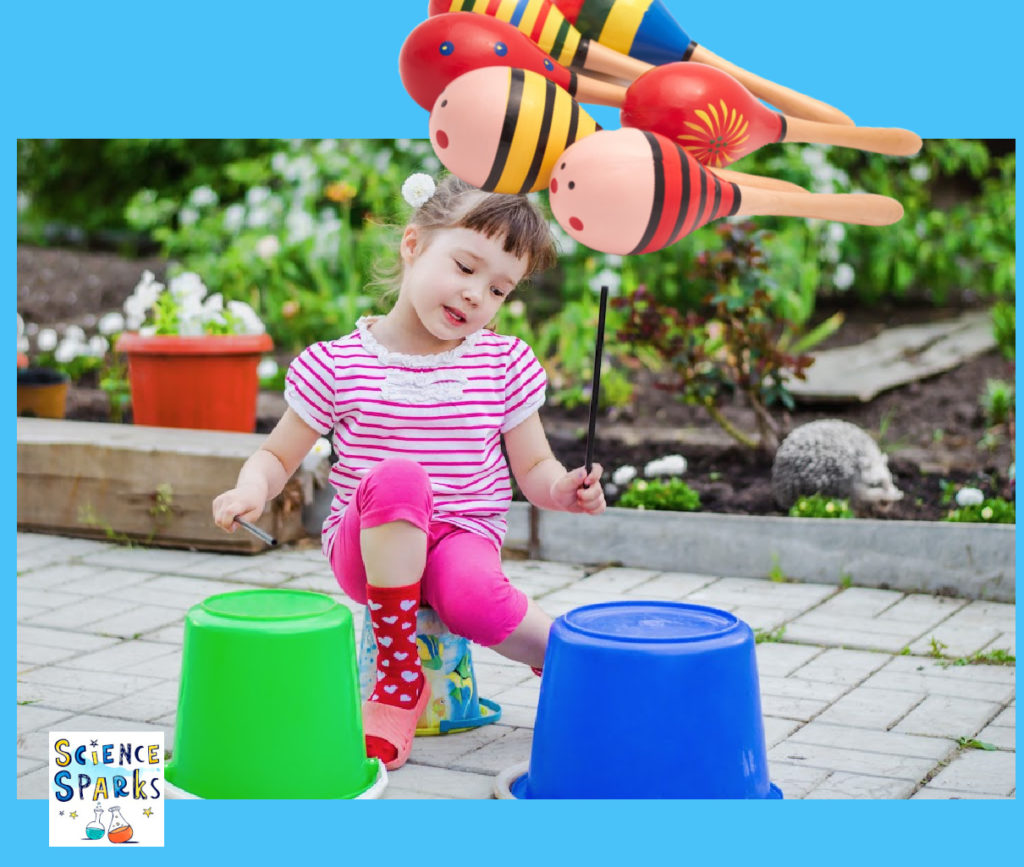
Try gently banging wooden, plastic and metal items on a flat surface, how does the noise differ between each? Can you use this property to categorise the objects?
Test objects to see if they’re magnetic, you could even make a magnet maze .
Try sorting a group of toys into metal, plastic, wood and fabric. As a twist on this we sorted Ariel’s cave too!
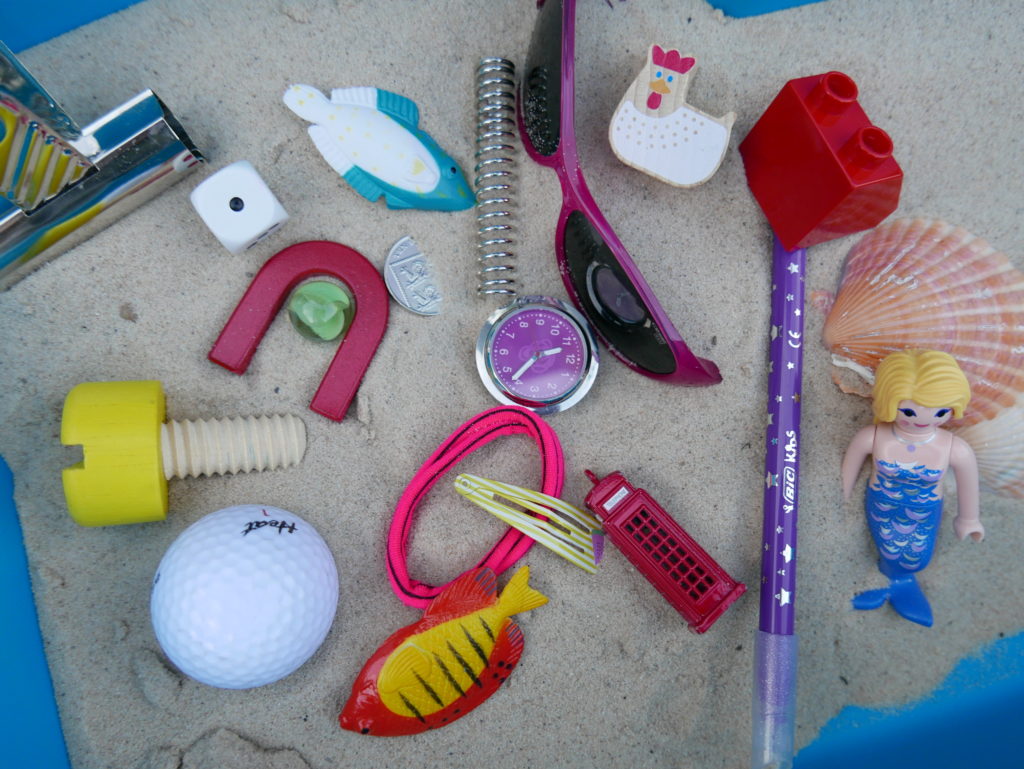
Practice squashing, stretching and pulling different materials to change their shape. Try play dough, fabric, paper, soft balls. Do they break? Do they go back to their original shape?
Changing Materials – Science for Kids
Learn about how heat changes chocolate by making rice krispie cakes or chocolate leaves .
Find out what happens to ice when it melts , you could even make some slushy drinks.
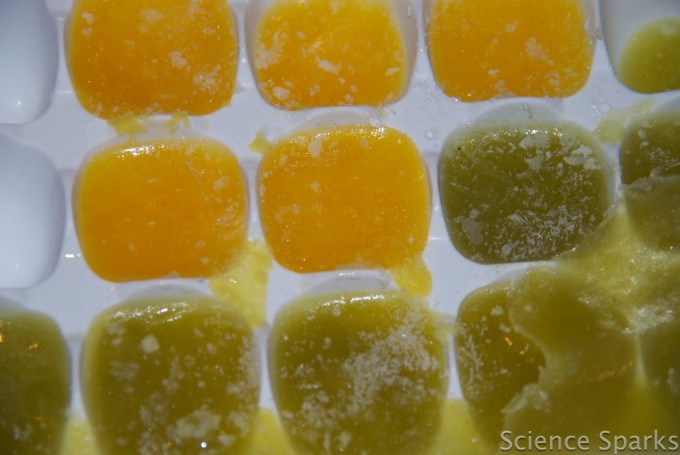
Trying freezing different food materials, water, syrup, bread, milk etc. Do some take longer to freeze/defrost than others?
Melt sugar and make honeycomb .
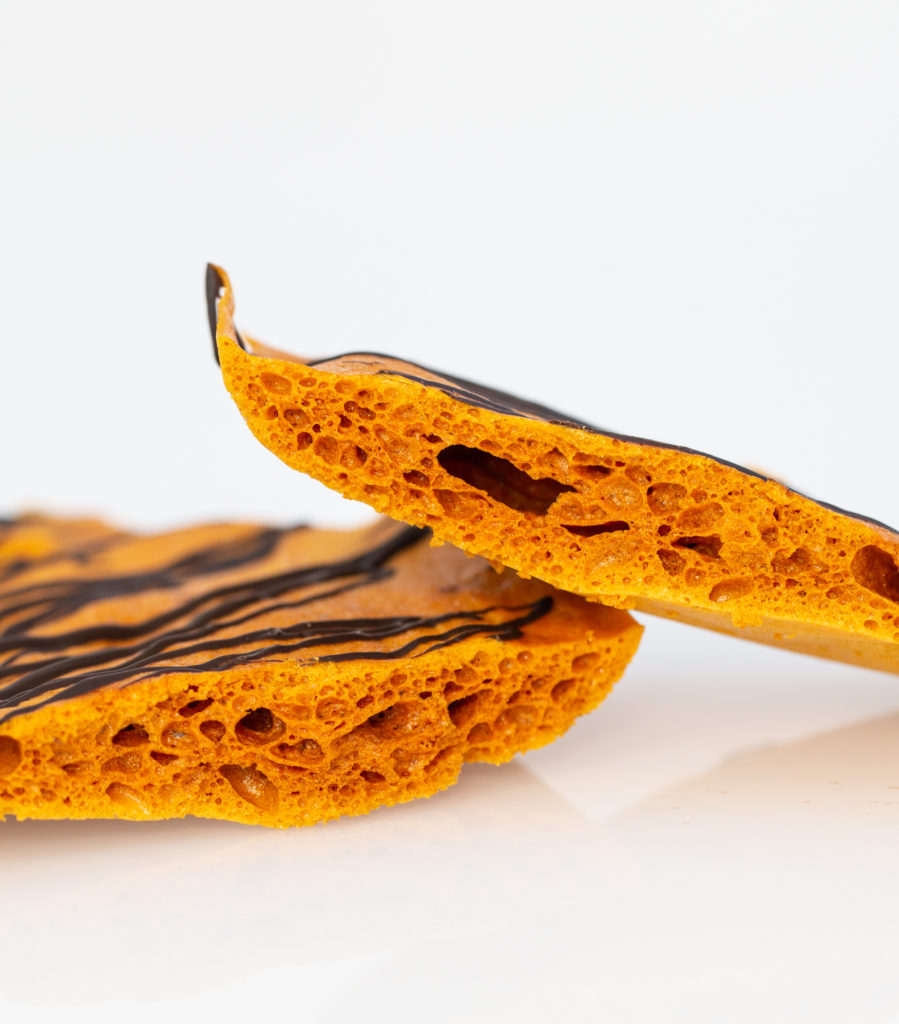
Transform cream into butter . This takes a bit of hard work, but is worth it to see the change,
Properties of Materials
Investigate which materials make the best hockey puck .
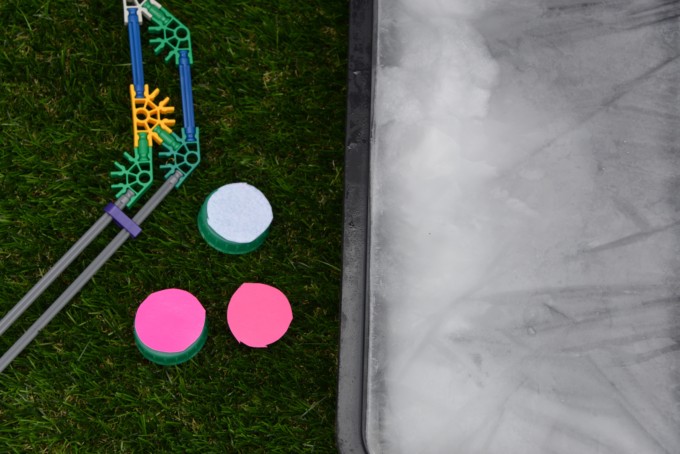
Discover the best material for a superhero cape or a fairy wand?
Can you make a superhero float using materials from around the house/school? We used pool noodle bits to make Spiderman float.
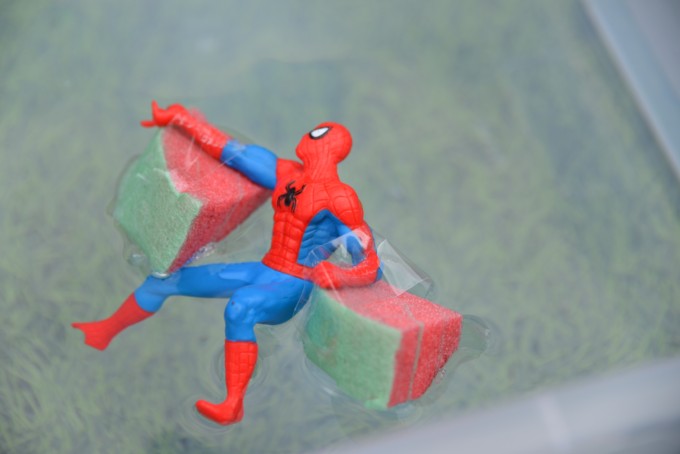
Make your own marshmallow Olaf and test which substance sticks him together the best.
How about designing and building a wooden bed and a mattress for the Princess and the Pea .
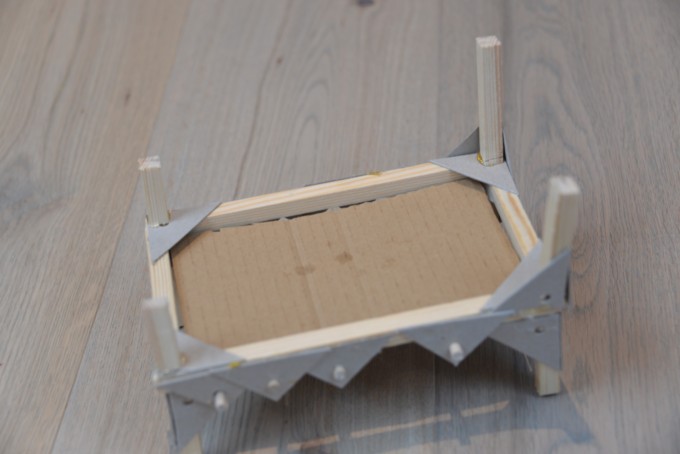
Design and build a cardboard kitchen .
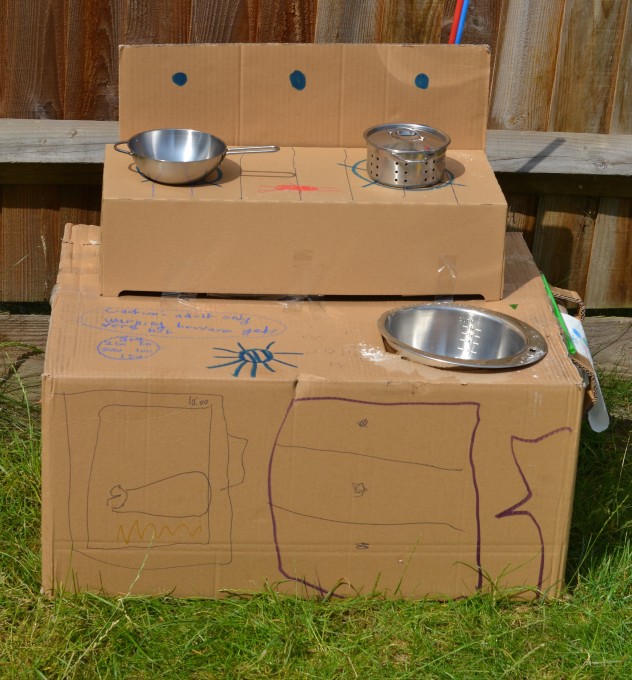
Discover how materials can be weak in some circumstances , but very strong in others. Egg shells are a great example of this!
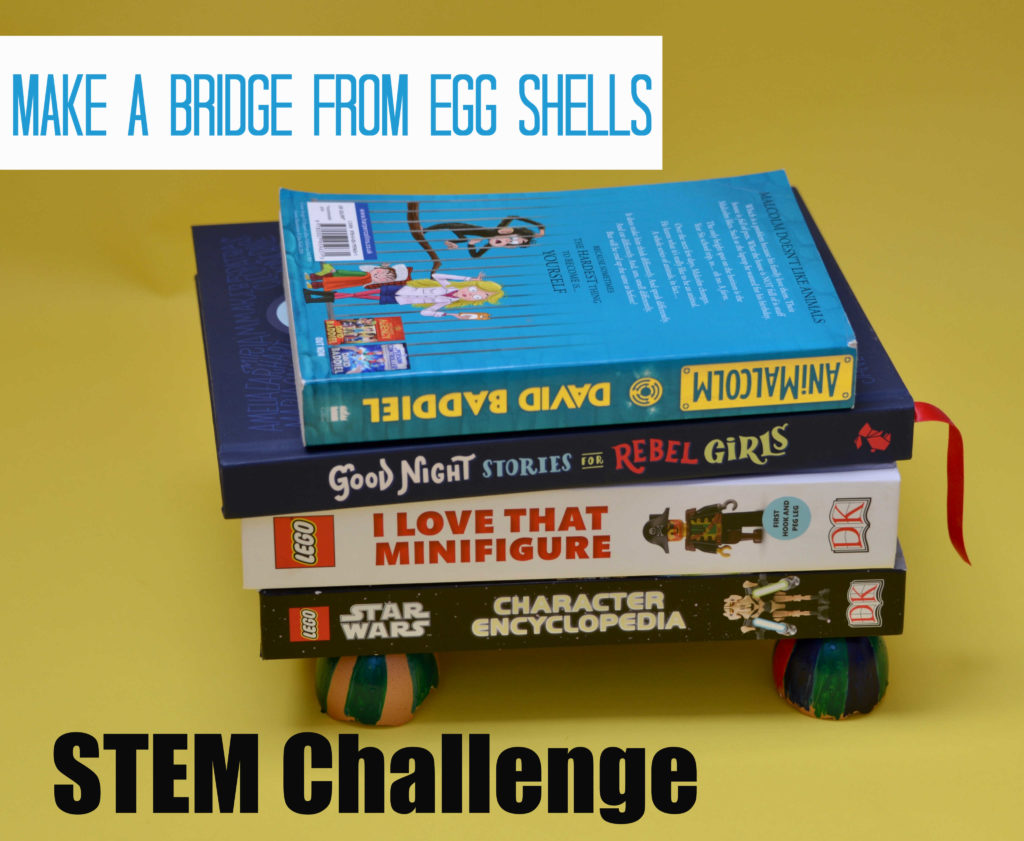
Magnetism Investigations for Kids
Learn about the different poles of a magnet with these easy sugru cars.
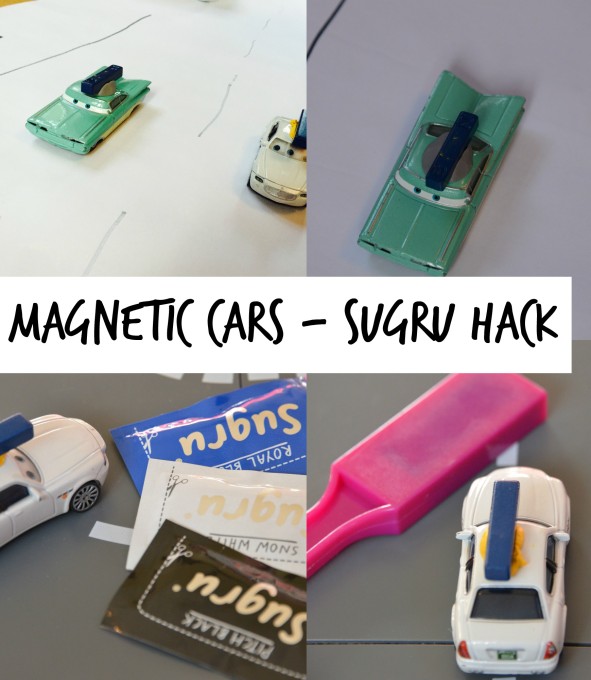
Or, make your own magnet maze to test different materials.
Did you know you can use magnets to defy gravity ?
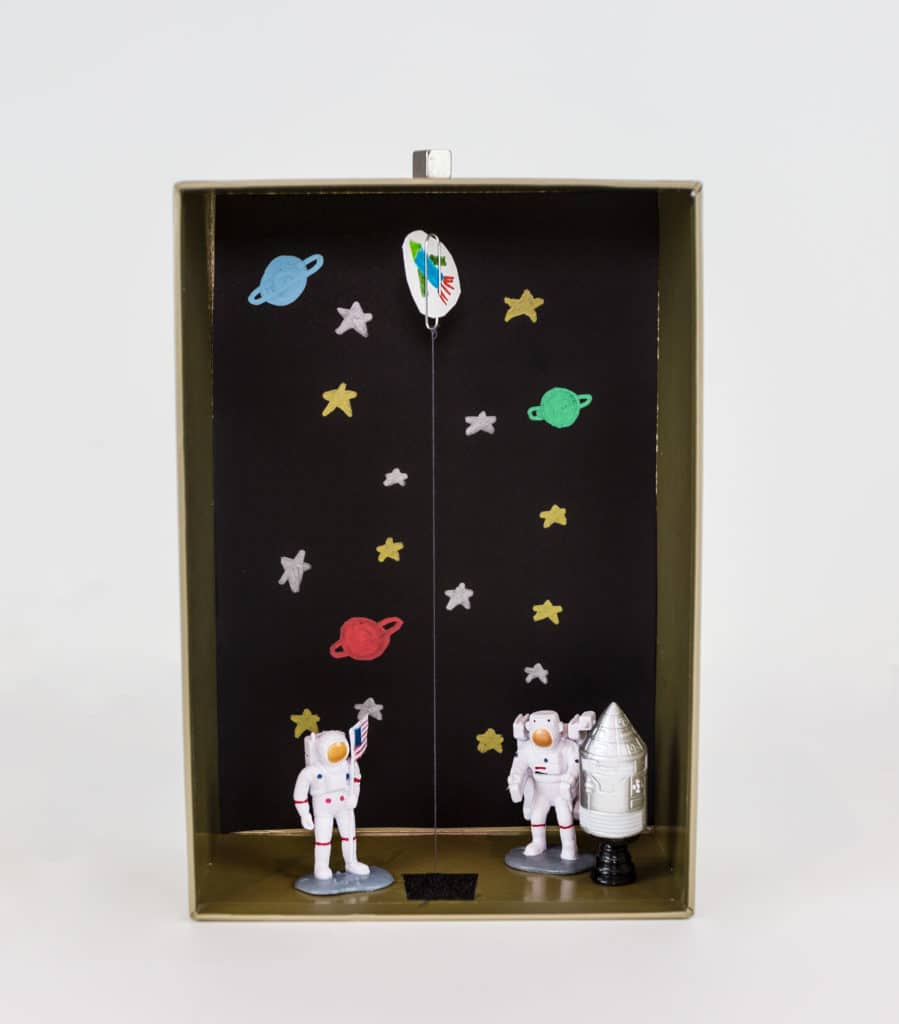
Waterproofing Experiments for Kids
This save the dinosaur investigation is my favourite of all my waterproofing activities! The idea is you print the free sheet of dinosaurs, cover each dinosaur in a different material and spray with water to discover which material keeps the dinosaurs the driest!
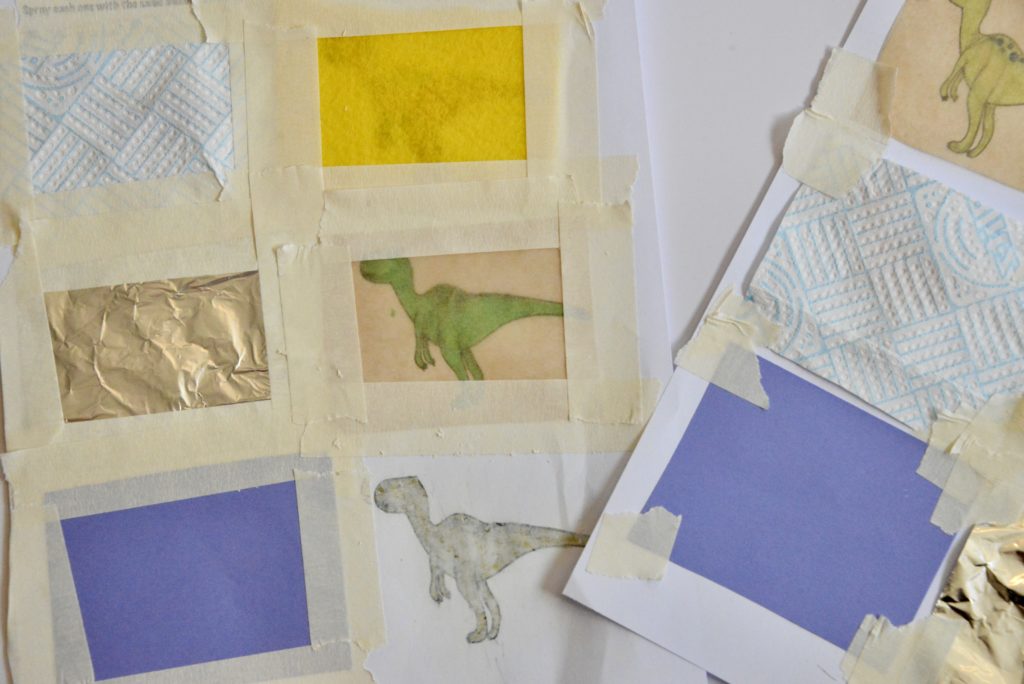
Another very similar activity is my waterproof a boot investigation .
Find out which natural materials make the most waterproof roof for a lego house.
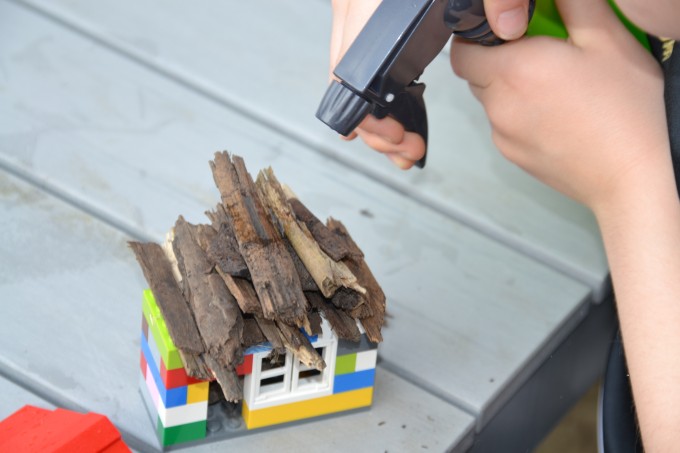
Submerge soft toys underwater wrapped in different materials to see which is the most waterproof .
Find out which materials make the best boat or make an umbrella for Incy Wincy spider .
This sugar cube investigation is also great for testing how waterproof different materials are .
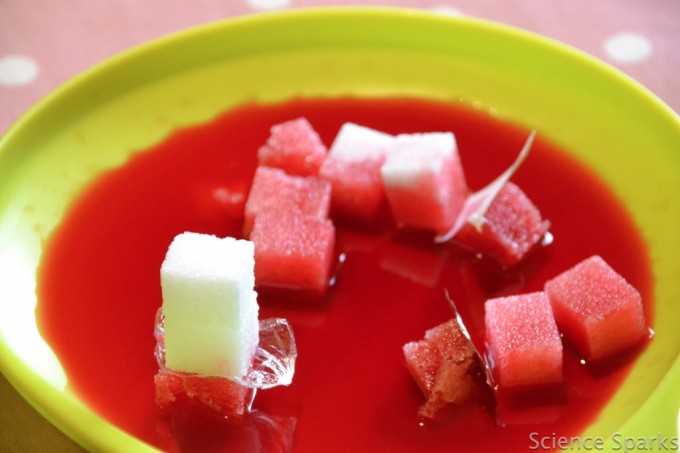
Sound Science Experiments for Kids
Explore which materials work best at muffling sounds or try making a guitar and muffle the sound of that.
A bottle xylophone is super easy to set up and sounds amazing!
Did you know you can see sound ? This fun investigation allows you to do just that!
A straw flute is another fun sound experiment perfect for learning about pitch.
Suitable for Key Stage 1 – Materials and their Properties
Can you think of anything we’ve missed?
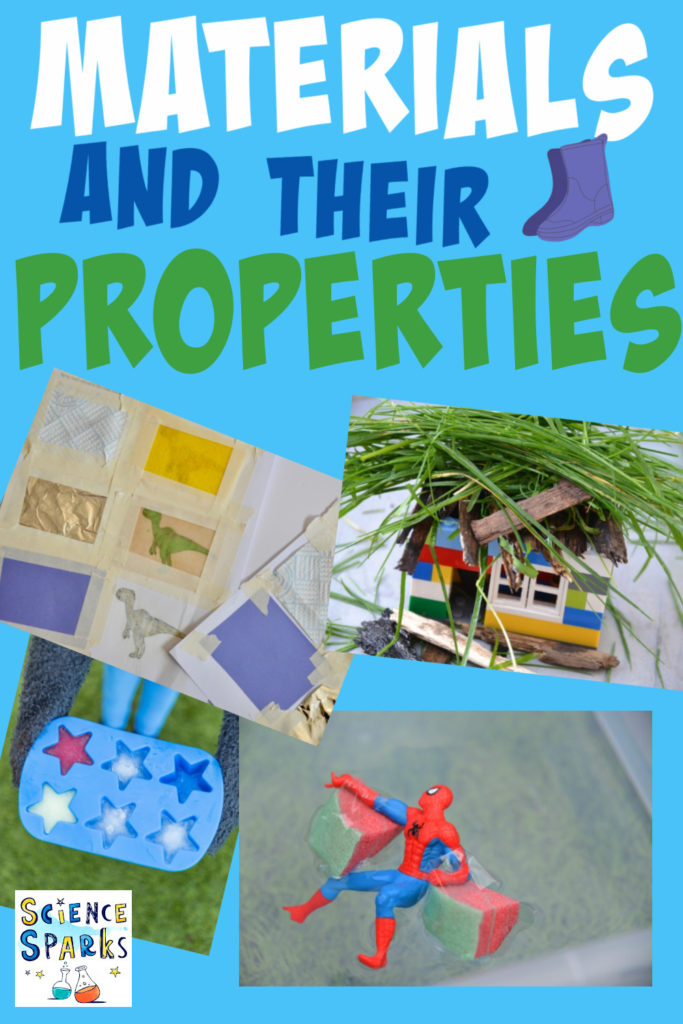
Last Updated on August 26, 2021 by Emma Vanstone
Safety Notice
Science Sparks ( Wild Sparks Enterprises Ltd ) are not liable for the actions of activity of any person who uses the information in this resource or in any of the suggested further resources. Science Sparks assume no liability with regard to injuries or damage to property that may occur as a result of using the information and carrying out the practical activities contained in this resource or in any of the suggested further resources.
These activities are designed to be carried out by children working with a parent, guardian or other appropriate adult. The adult involved is fully responsible for ensuring that the activities are carried out safely.
Reader Interactions
March 03, 2020 at 9:46 am
Some brilliant ideas here – thanks 😀
Leave a Reply Cancel reply
Your email address will not be published. Required fields are marked *
This website uses cookies in order to provide basic functionality. By continuing to use this website, you are consenting to their use. For more information, please read the relevant part of our privacy policy .
Primary Science Resources for the National Curriculum
Year 1 everyday materials.
- Outstanding Science Year 1
- Everyday Materials

Knowledge and Understanding
Statutory requirements, notes and guidance, ks1 - working scientifically, everyday materials year 1.
Through a range of grouping and sorting games and activities, pupils learn to distinguish between an object, its material, and the properties of its material. Their increasing scientific vocabulary is supported throughout by word banks. Pupils develop their scientific investigation skills through simple experiments into floating and absorbency, recording and interpreting their results. They apply their learning by suggesting suitable materials for familiar objects and explain their reasoning.
Objects and materials Worksheet Free!
Outstanding science year 1 | everyday materials | os1c001.
- Description
- National Curriculum
- Key learning
Learning objective
I can tell the difference between an object and a material.
Children learn about the difference between objects and materials. They use a word bank to select the correct object and material for 8 pictures.
- ks1w4 : identifying and classifying
- 1c1 : Distinguish between an object and the material from which it is made
Different materials Investigation
Outstanding science year 1 | everyday materials | os1c009.
I can identify the different materials from which an object is made.
Pupils examine 8 different classroom objects and identify the materials from which they are made, recording their findings in a frequency table. They use this data to create a pictogram using the writing frame and symbols provided. Pupils discuss why some objects are made from more than one material.
- ks1w2 : observing closely, using simple equipment
- ks1w6 : gathering and recording data to help in answering questions
- 1c2 : Identify and name a variety of everyday materials, including wood, plastic, glass, metal, water and rock
Naming materials Worksheet
Outstanding science year 1 | everyday materials | os1c002.
I can name some everyday materials.
Children use a word bank to identify the material that 14 different objects are made from.
Identifying materials Investigation
Outstanding science year 1 | everyday materials | os1c003.
I can identify the materials that some objects are made from.
Children choose 18 objects from around the classroom. They draw a picture, name the object and identify the material. They cut and sort the objects by material.
Objects and their properties Investigation
Outstanding science year 1 | everyday materials | os1c004.
I can explain some properties of objects and materials.
Children choose 10 objects from around the classroom. They sort them according to their properties - bendy/not bendy, hard/soft, transparent/opaque.
- 1c3 : Describe the simple physical properties of a variety of materials
Floating and sinking Investigation
Outstanding science year 1 | everyday materials | os1c005.
I can investigate whether an object floats or sinks.
Children carry out an investigation into whether 5 objects from around the classroom float or sink. They record their results on a simple table.
- ks1w3 : performing simple tests
- ks1w5 : using their observations and ideas to suggest answers to questions
Grouping materials Game
Outstanding science year 1 | everyday materials | os1c006.
I can group objects and materials by their properties.
Children work with a partner. They use 9 challenge cards to sort around 10 objects from around the classroom.
- 1c4 : Compare and group together a variety of everyday materials on the basis of their simple physical properties
Choosing materials Worksheet
Outstanding science year 1 | everyday materials | os1c007.
I can choose a good material for a purpose.
Children use a word bank to think of the best material to use in 8 different situations. They draw a picture of each object, and identify the material and its desirable properties.
Investigating the best material Investigation
Outstanding science year 1 | everyday materials | os1c008.
I can investigate the best material for a purpose.
Children carry out an investigation to find out which is the most absorbent of 4 materials. They use a table to order their results and use them to answer the question.
Get instant access to all of our Year 1 resources.
Outstanding science - year 1 contains all of the following units:.
Unit 1A - Plants
Unit 1B - Animals, Including Humans
Unit 1C - Everyday Materials
Unit 1D - Seasonal Changes
Outstanding Science
Primary science resources.
Browse resources
128 Gordon Drive Dovecot Liverpool England L14 7PZ
0151 558 1485
Terms and conditions
Privacy policy

Outstanding Science © Copyright Minerva Education Ltd. 2015-2024. Responsive design built upon Bootstrap .

IMAGES
COMMENTS
Sep 21, 2022 · Home » Primary Science » Key Stage 1 Science » Science Experiments for Key Stage 1 September 21, 2022 By Emma Vanstone Leave a Comment These science experiments Key Stage 1 are great for school or home and perfect to sit alongside science in the classroom for Key Stage 1 in the UK or for children aged between around 4 and 7 who love science!
Jan 8, 2016 · The experiments and activities below are great for Materials at KS1 but can also be extended for older children. Science activities for a building topic 1.
For KS1 kids, experiments embody all the awe and excitement of science. It's their opportunity to work directly with different materials, transforming and creating like experts in a lab. These practical investigations and easy experiments will form the basis of their scientific education; the exercises they remember when they think back to ...
Aug 26, 2021 · These activities are perfect for Key Stage 1 Science in the UK, but also fun for children of any age anywhere in the world. Materials and their Properties Experiments Grouping Materials
Everyday Materials Year 1. Through a range of grouping and sorting games and activities, pupils learn to distinguish between an object, its material, and the properties of its material. Their increasing scientific vocabulary is supported throughout by word banks.
Now that you’ve decided to start a topic on everyday materials with your KS1 class, where do you begin? Why not check out some of our delightful and engaging science materials for KS1 science lessons. Here are a few to get you started! Our Materials Information PowerPoint is a wonderful place to start. There’s plenty of information about ...